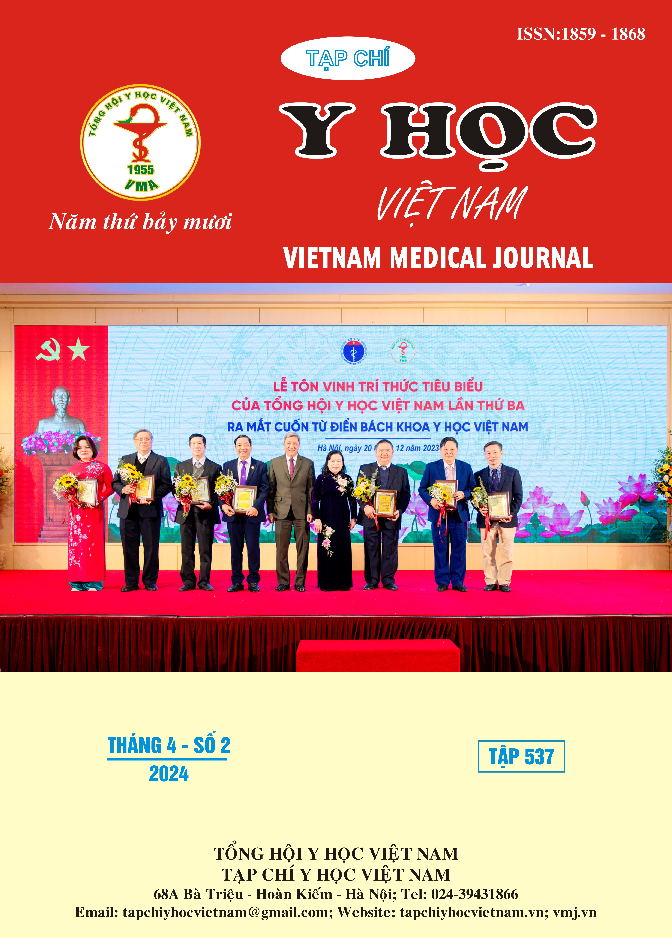CHEMICAL COMPOSITION AND ANTIMICROBIAL ACTIVITY OF ESSENTIAL OILS FROM RHIZOMES AND LEAVES OF WURFBAINIA VILLOSA (LOUR.) ŠKORNIČK. & A.D.POULSEN FOR THE TREATMENT OF INFECTIOUS DISEASES
Main Article Content
Article Details
Keywords
Wurfbainia villosa, rhizome, leaf, essential oil, antimicrobial
References
Đỗ Huy Bích và cộng sự (2003), Cây thuốc và động vật làm thuốc ở Việt Nam, tập II, trang 645-648, NXB Khoa học và Kỹ thuật, Hà Nội
2. Adams, R.P. (2017). Identification of essential oil components by gas chromatography-mass spectrometry, ed. 4.1. Allured Publishing Corporation, Carol Stream, p. 793
3. Clinical and Laboratory Standards Institute (2017), M27-A2-Reference Method for Broth Dilution Antifungal Susceptibility Testing of Yeasts.
4. Clinical and Laboratory Standards Institute (2018), M100 Performance Standards for Antimicrobial Susceptibility Testing.
5. Ao, H., Wang, J., Chen, L., Li, S., Dai, C. (2019), Comparison of Volatile Oil between the Fruits of Amomum villosum Lour. and Amomum villosum Lour. var. xanthioides T.L.Wu et Senjen Based on GC-MS and Chemometric Techniques, Molecules 2019, 24, 1663, doi: 10.3390/ molecules24091663
2. Adams, R.P. (2017). Identification of essential oil components by gas chromatography-mass spectrometry, ed. 4.1. Allured Publishing Corporation, Carol Stream, p. 793
3. Clinical and Laboratory Standards Institute (2017), M27-A2-Reference Method for Broth Dilution Antifungal Susceptibility Testing of Yeasts.
4. Clinical and Laboratory Standards Institute (2018), M100 Performance Standards for Antimicrobial Susceptibility Testing.
5. Ao, H., Wang, J., Chen, L., Li, S., Dai, C. (2019), Comparison of Volatile Oil between the Fruits of Amomum villosum Lour. and Amomum villosum Lour. var. xanthioides T.L.Wu et Senjen Based on GC-MS and Chemometric Techniques, Molecules 2019, 24, 1663, doi: 10.3390/ molecules24091663


